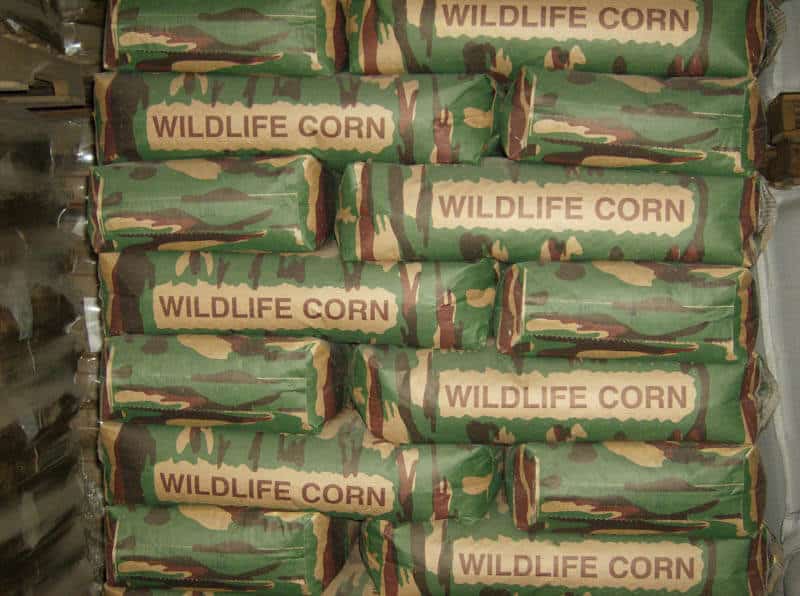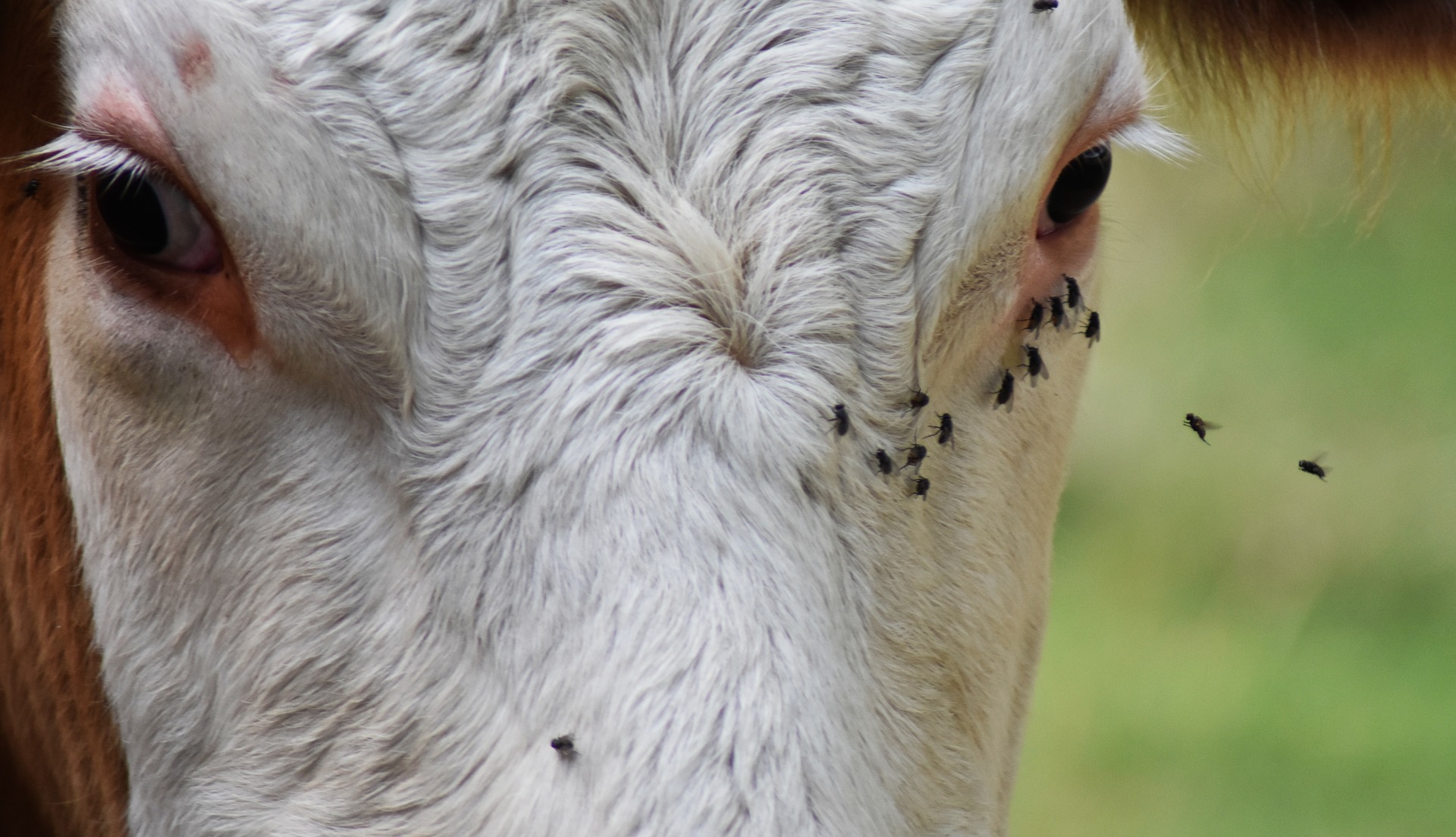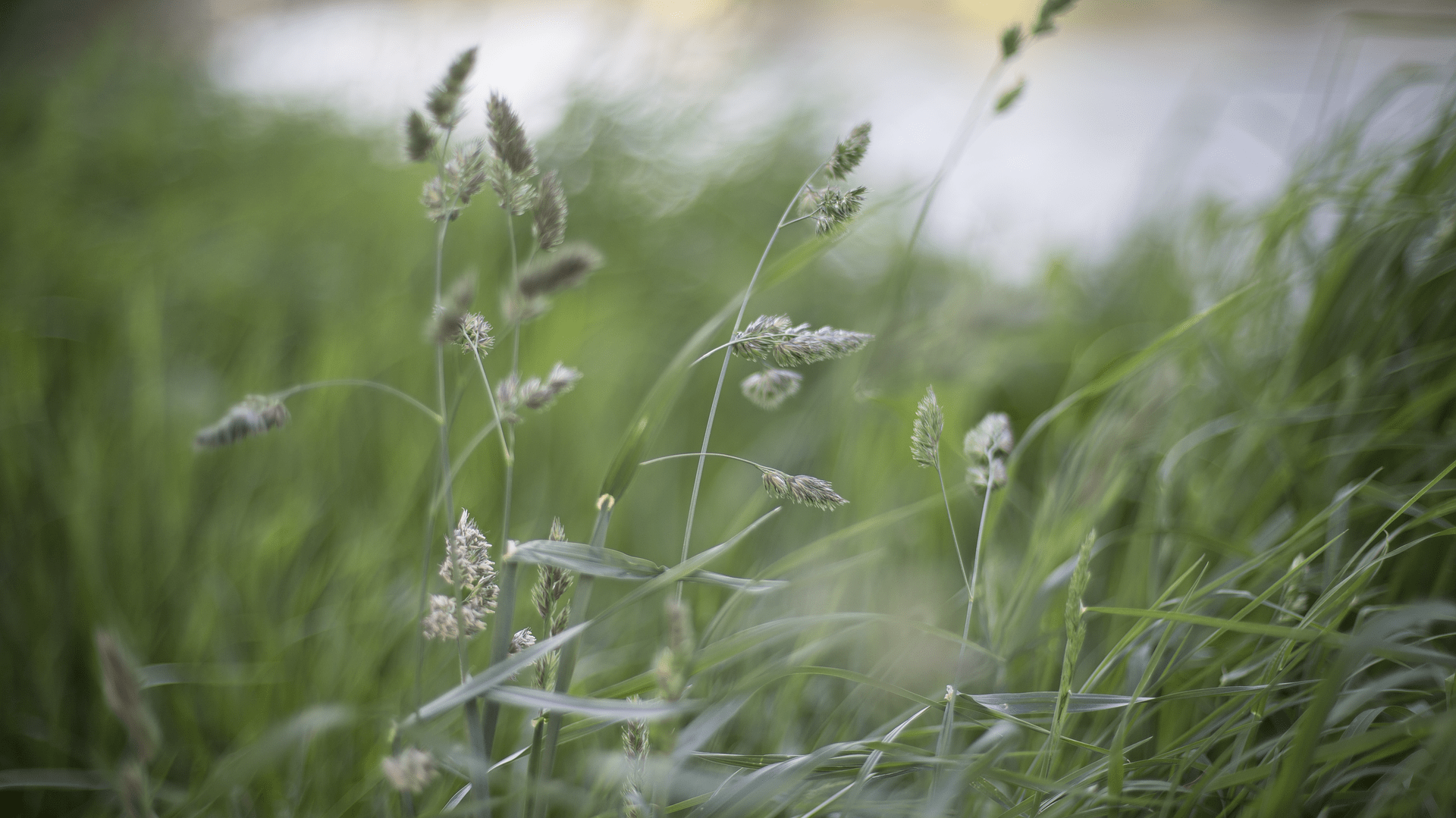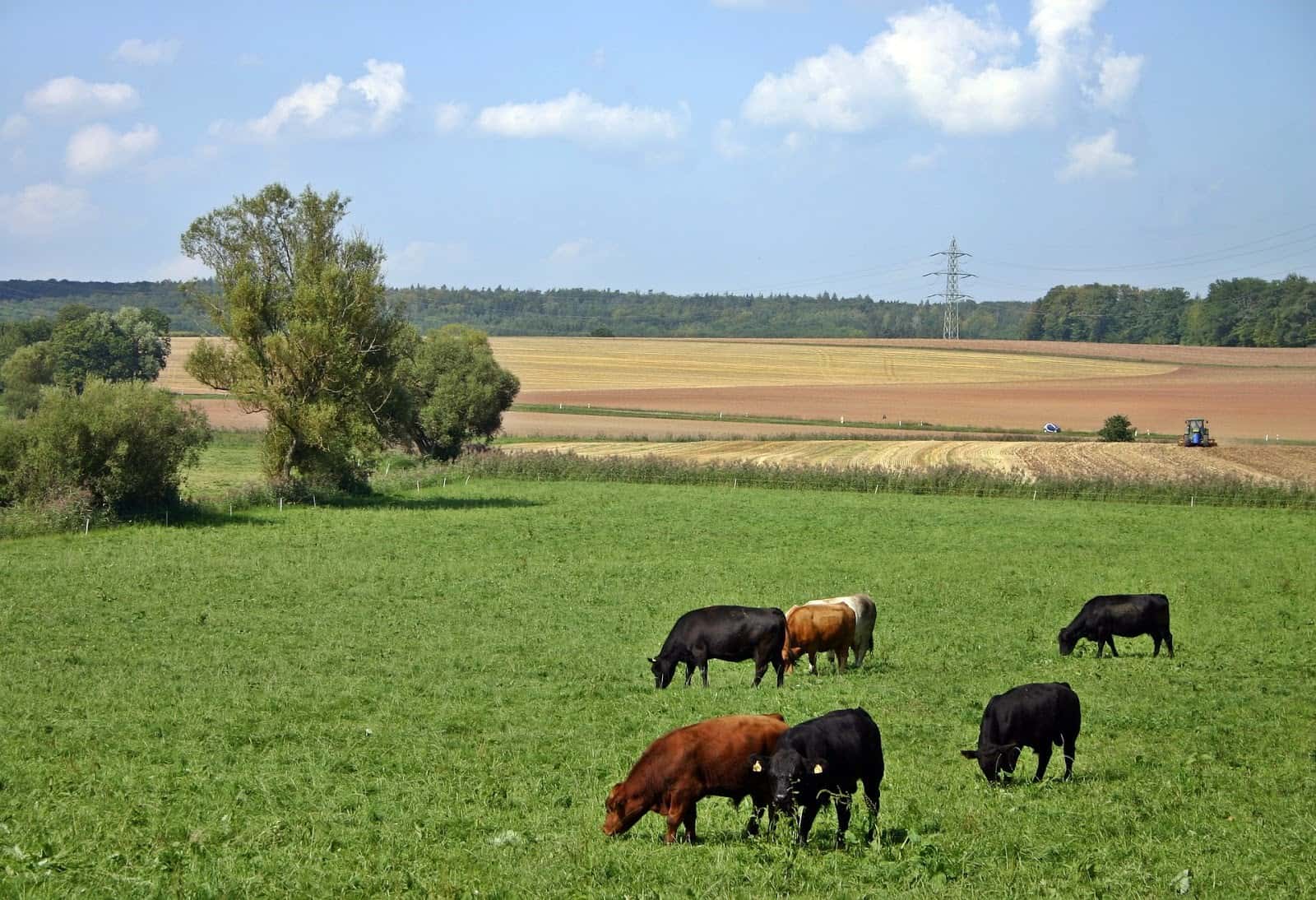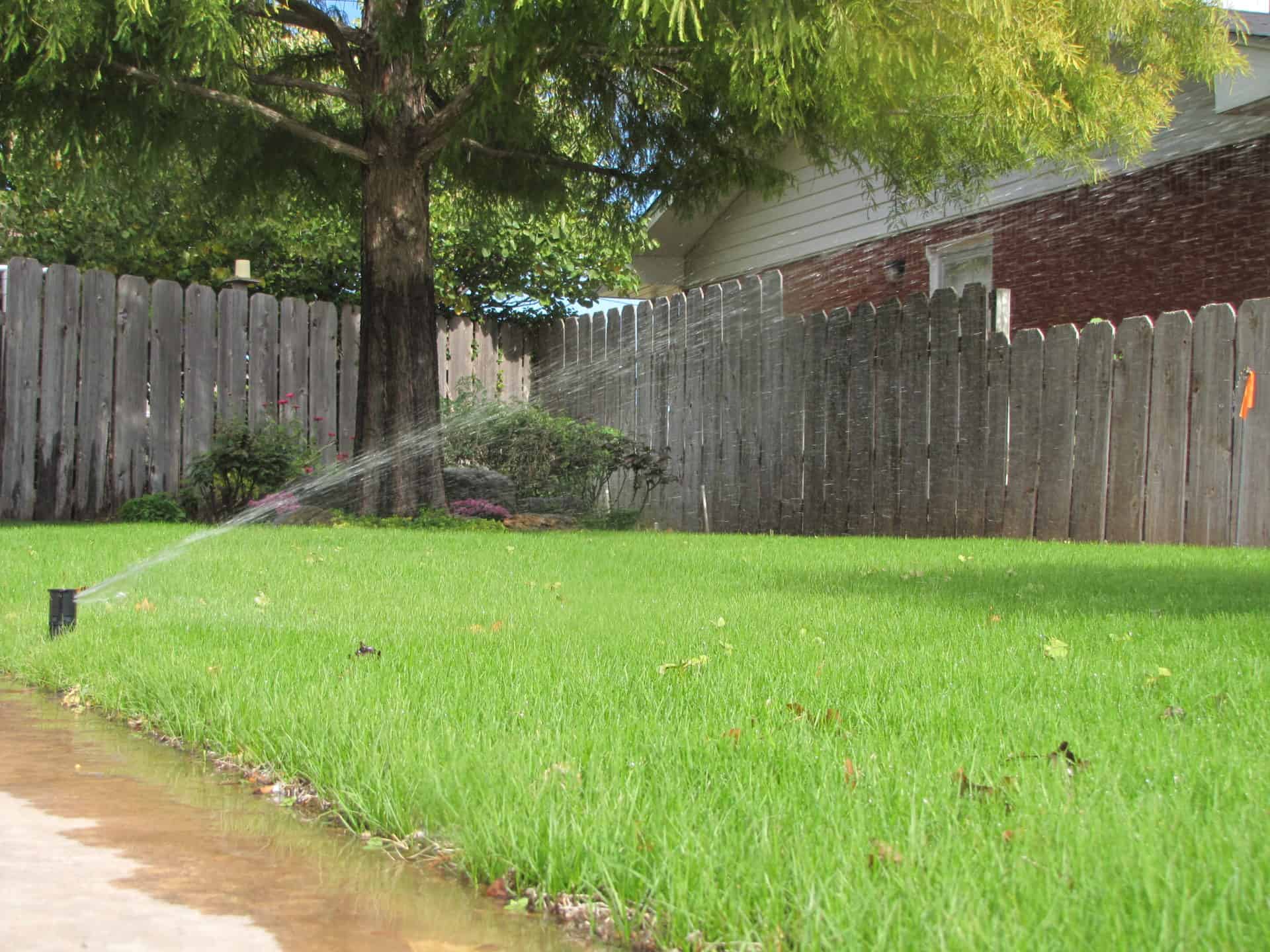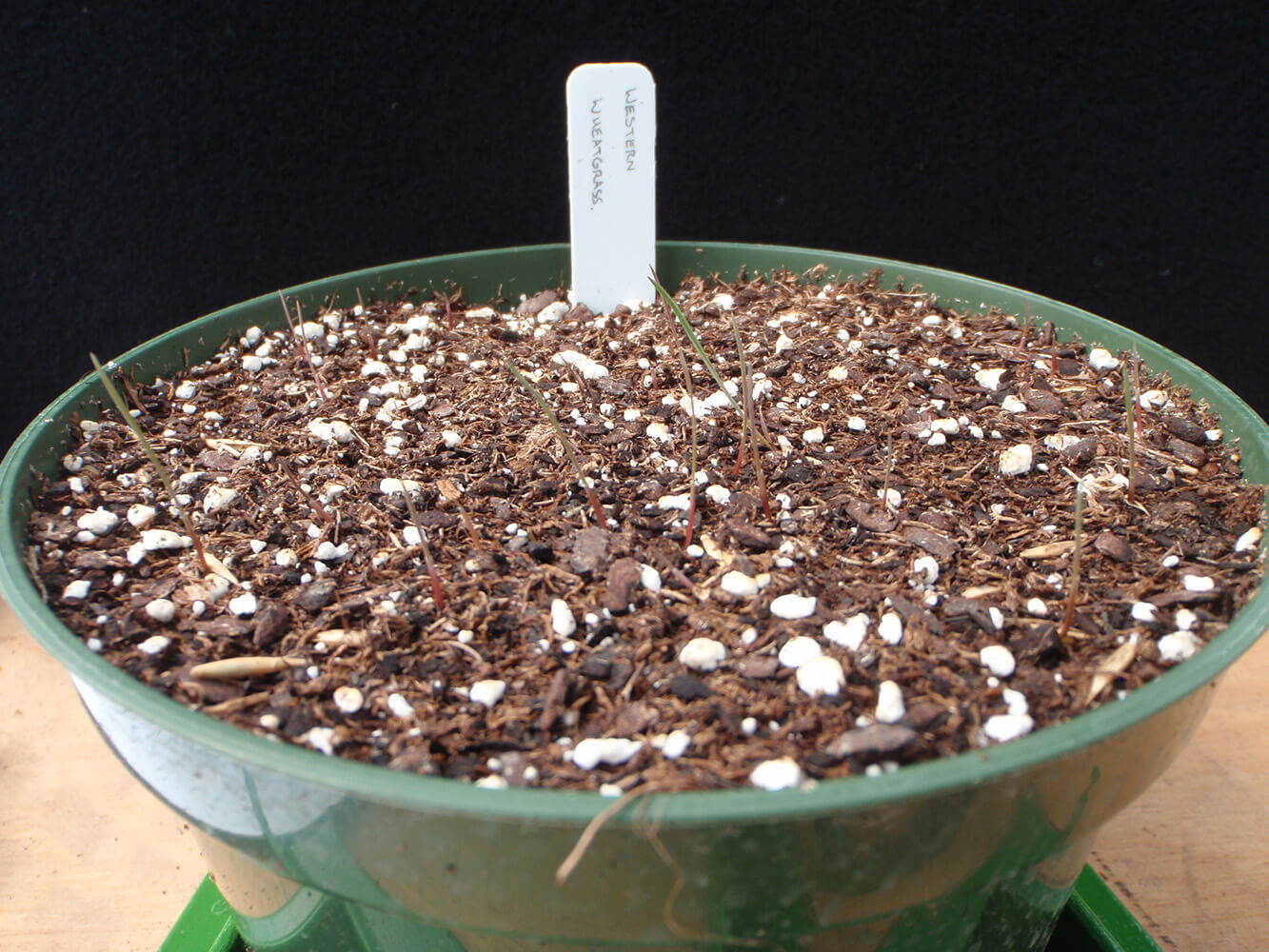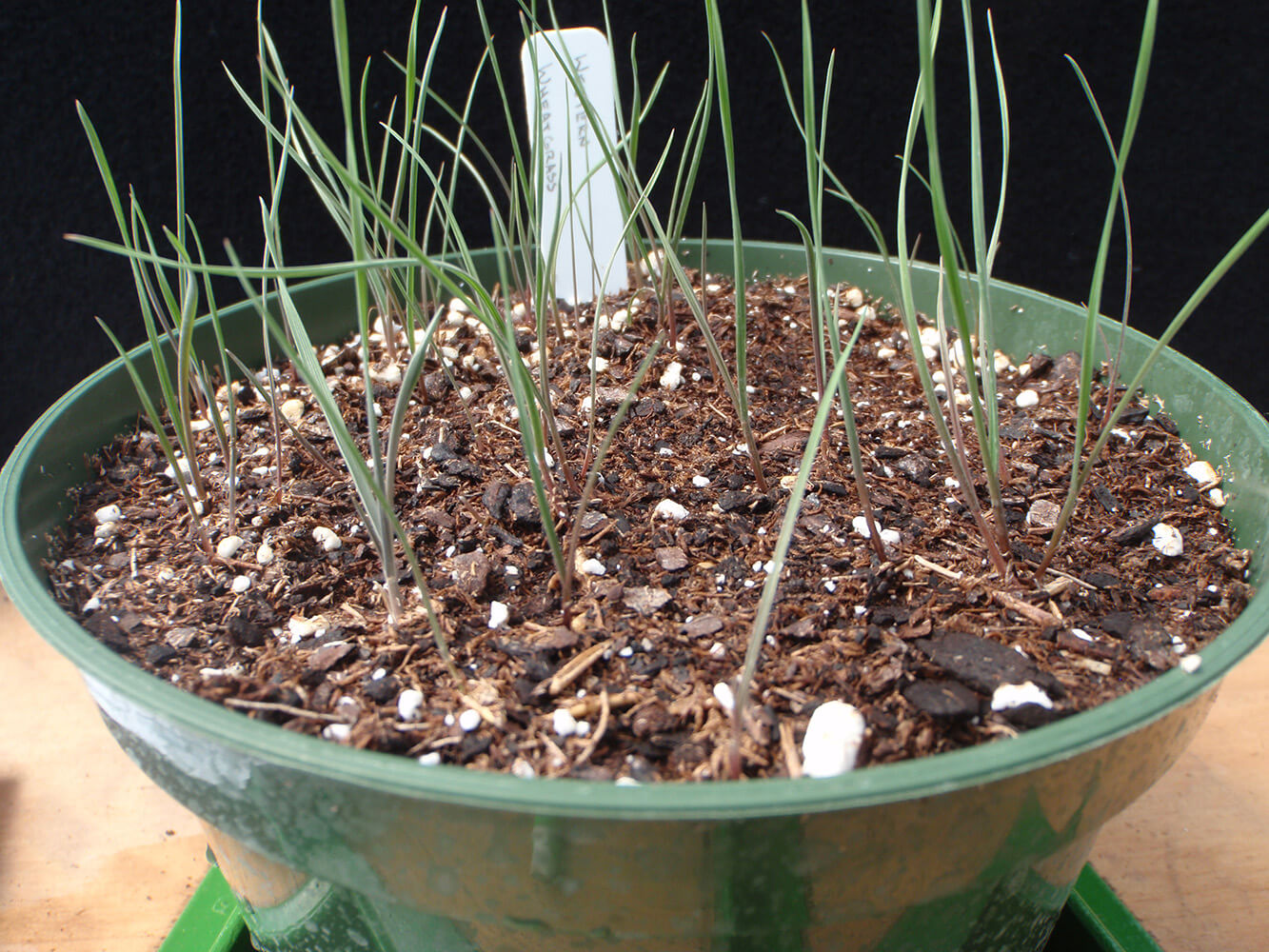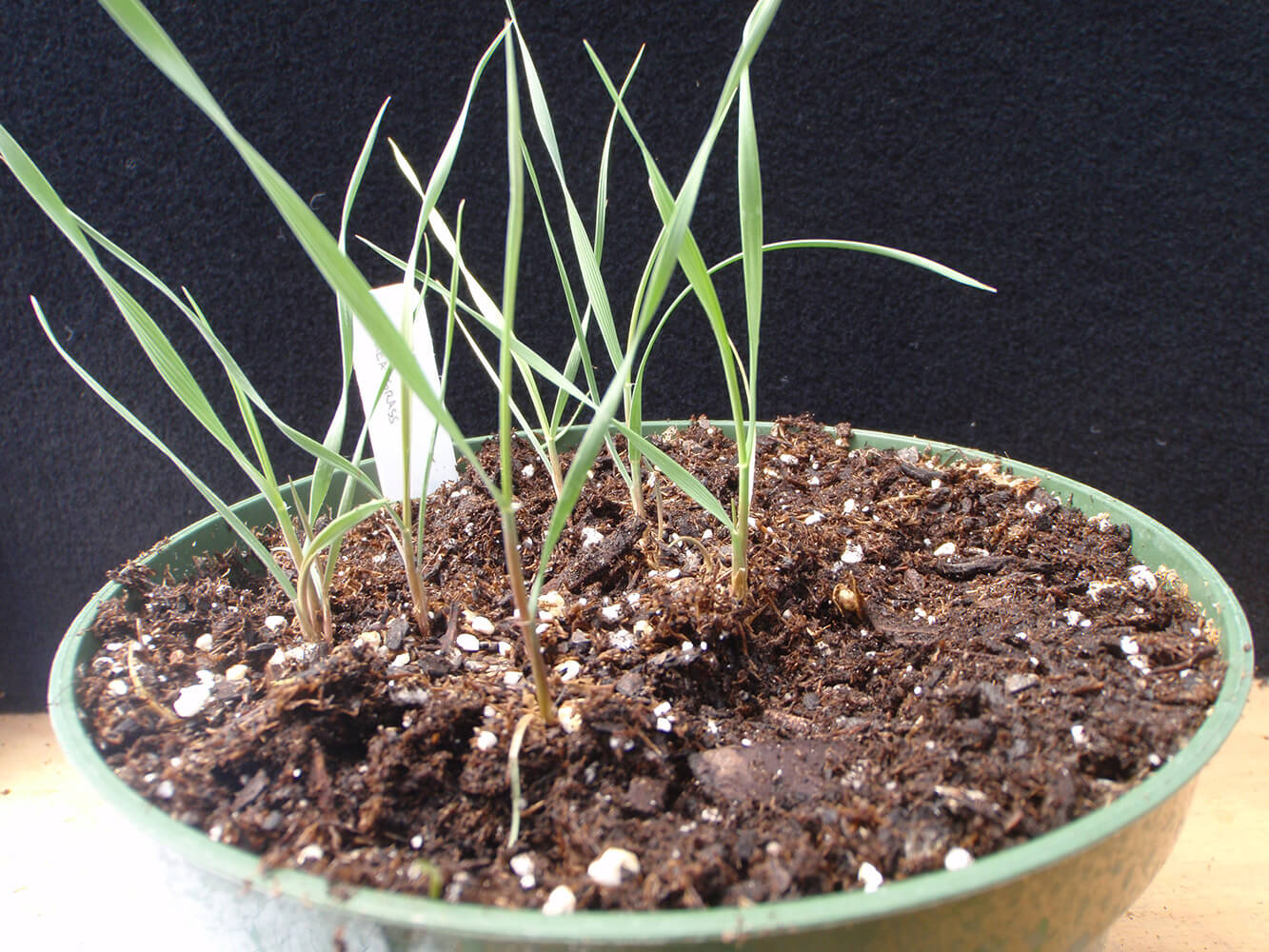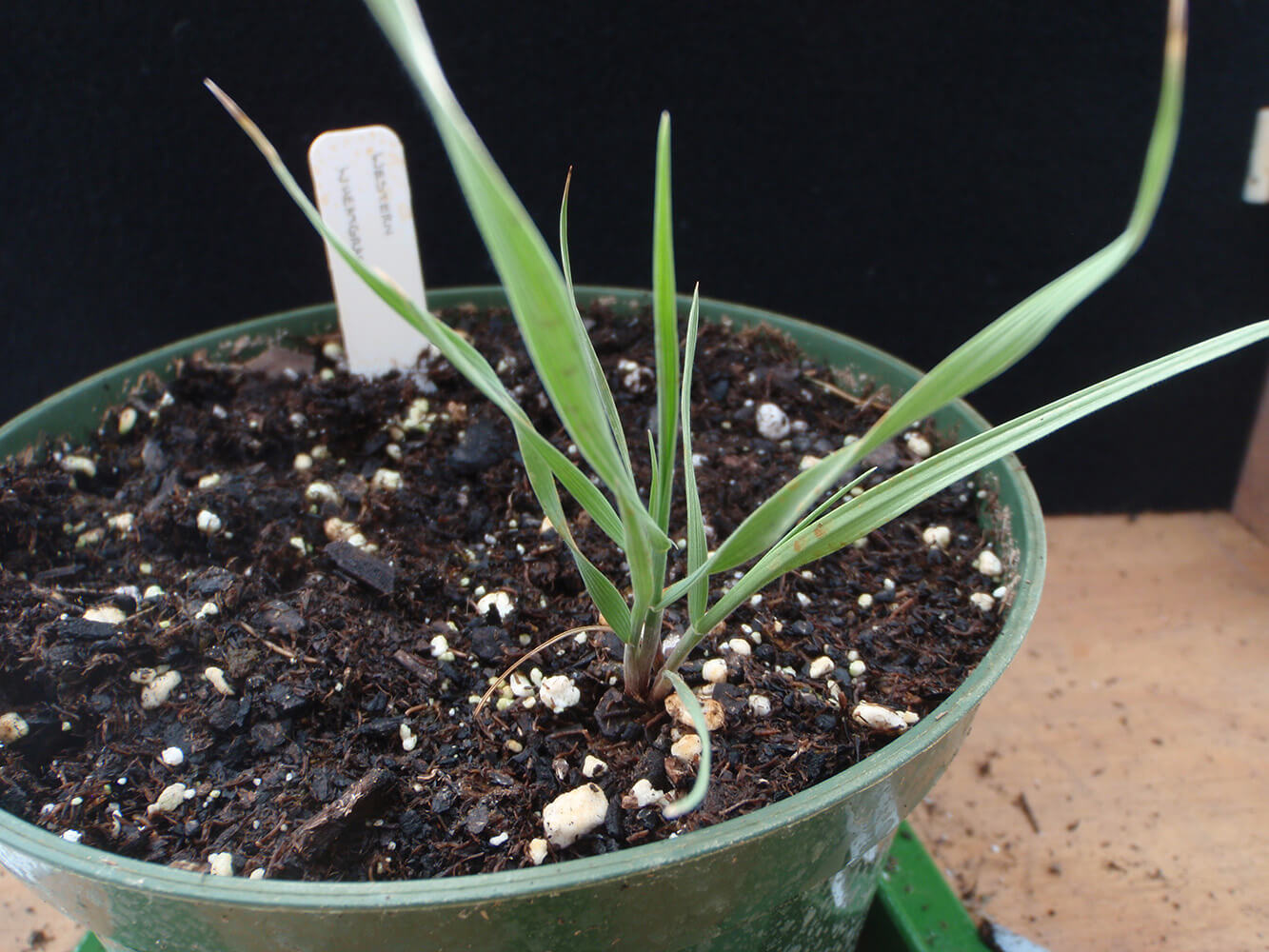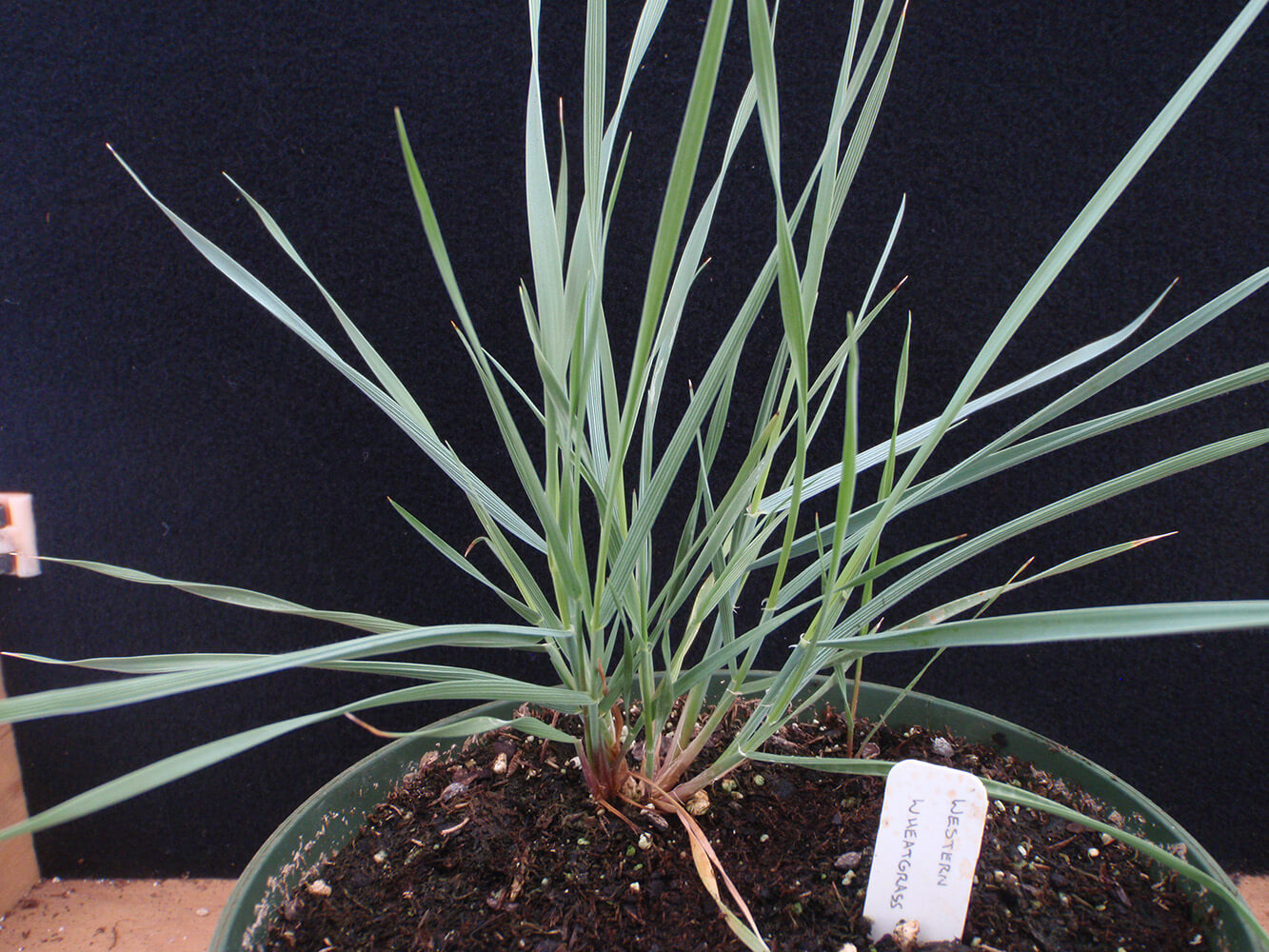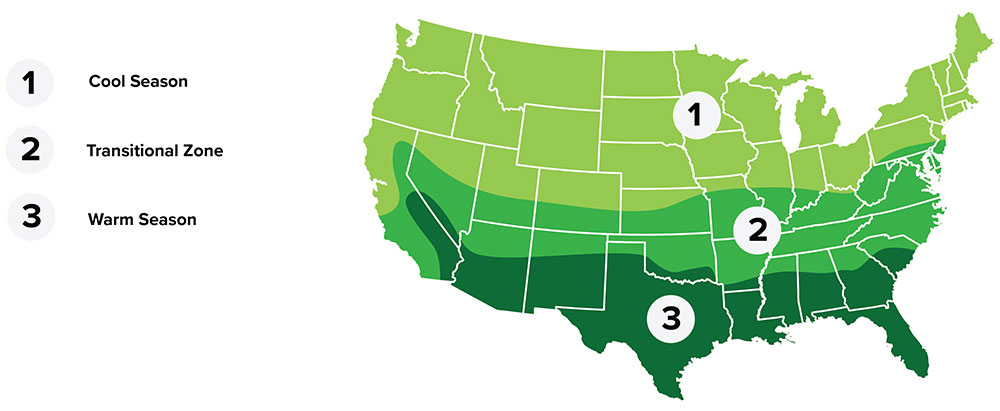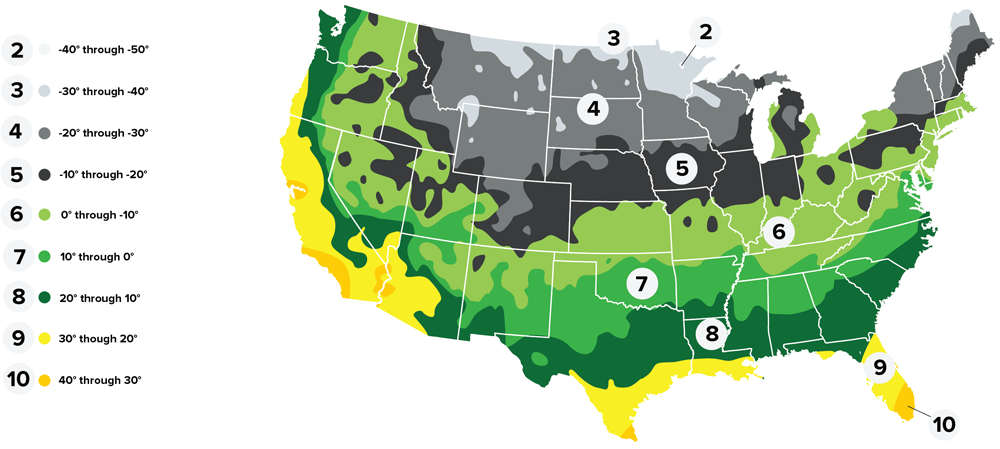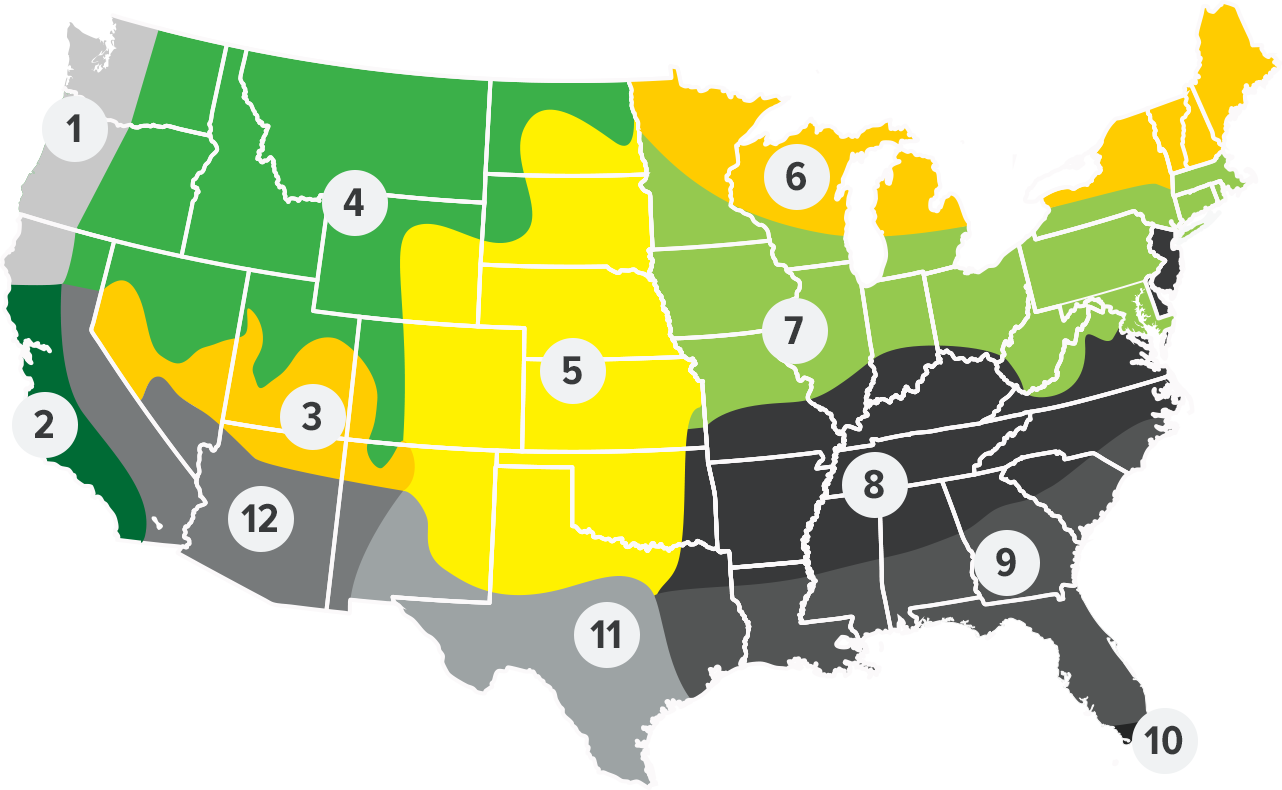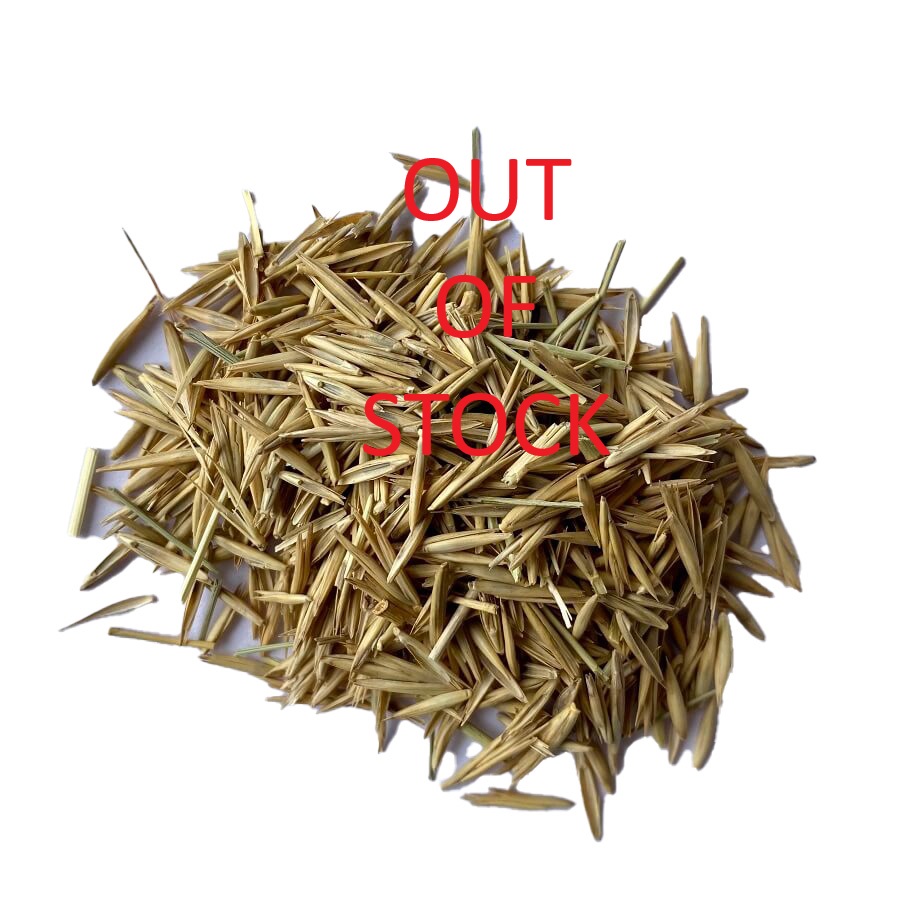
WESTERN WHEATGRASS
Call for pricing availability -
(800) 375 - 4613
Summary
Western Wheatgrass can tolerate many stressful environments including saline and saline-sodic soils, drought, and flooding. It is very cold hardy, shade tolerant, and grazing resistant. Western Wheatgrass greens up in March or April, matures in August, and goes dormant in early winter. In native areas it is typically found with blue grama, buffalograss, needlegrasses, rough fescue, and blue junegrass. Western Wheatgrass is moderately palatable prior to maturity to many classes of wildlife and livestock.
Plant Characteristics
Taxonomy
Zone
- Regional Growing Zone
- 1 - Northwest Coastal, 2 - California Coastal, 3 - Southern Mountain, 4 - Mountain, 5 - Midwest, 6 - Northeast Lakes, 7 - Great Lakes South, 8 - Appalacia
- USDA Plant Hardiness Zones
- 2, 3, 4, 5, 6, 7, 8, 9, 10
- Temperature Zone
- Warm, Cool, Transitional
Plant Characteristics
- Height
- 12" - 24"
- Bloom Period
- Mid-Summer
- Bloom Color
- Yellow
- Leaf Color
- Green
- Growing Cycle
- Perennial
- Sun Requirement
- Full Sun, Partial Sun, Shade
Plant Information
- Planting Season
- Fall
- Plant Depth
- 0.5" - 0.75"
- Minimum Soil Temp for Germination
- 50° F
- Establishment
- Moderate
Seed Information
- Seeds Per Pound
- 115,000
- Kingdom
- PLANTAE
- Subkingdom
- TRACHEOBIONTA
- Super Division
- SPERMATOPHYTA
- Division
- MAGNOLIOPHYTA
- Class
- LILIOPSIDA
- Subclass
- COMMELINIDAE
- Order
- CYPERALES
- Family
- POACEAE
- Genus
- PASCOPYRUM
- Species
- PASCOPYRUM SMITHII
Coverage Area & Available Sizes
Applications
Western Wheatgrass is commonly used in conservation applications and land reclamation due its high stress tolerance and sod-forming ability. It is one of the most common components of native grass mixes.
Western Wheatgrass is moderately palatable to many classes of livestock. Cattle tend to prefer it more so than sheep. Nitrogen fertilization will increase forage yield and palatability.
Western Wheatgrass is moderately palatable to many classes of livestock. Cattle tend to prefer it more so than sheep. Nitrogen fertilization will increase forage yield and palatability.
Western Wheatgrass can be used in full sun and partial shaded areas of the landscape. It is relatively maintenance free since its sod-forming characteristic crowds out most weeds once establish.









